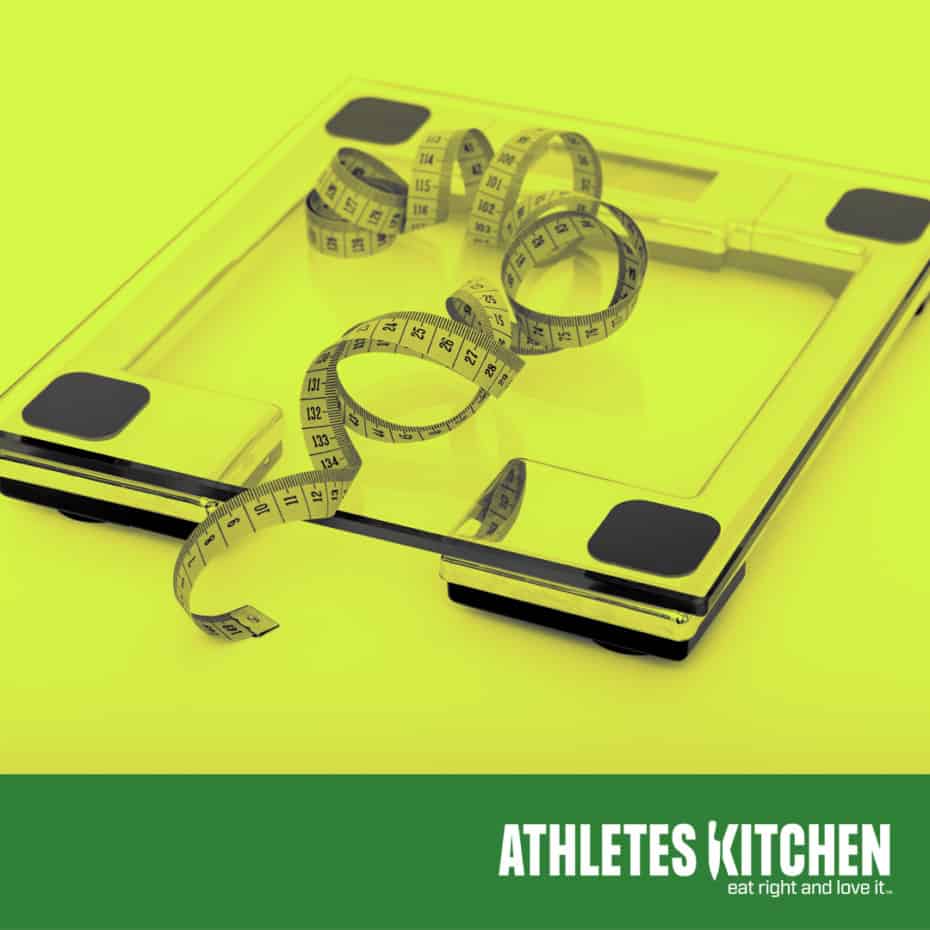Unlocking the Mystery of Adaptive Thermogenesis: Navigating the Challenges of Weight Loss Plateaus
It’s a common tale: a diet seems to work initially, but then progress stalls, and frustration sets in. The concept of adaptive thermogenesis sheds light on this phenomenon, revealing the body’s intricate response to changes in caloric intake.
Deciphering Metabolism
Metabolic adaptation, driven by a caloric deficit, leads to a reduction in metabolic rate as a way for the body to conserve energy. This adaptive mechanism can limit long-term weight loss success. Think of it as your body’s calorie-burning capacity adjusting to match available energy. When you consume fewer calories, your body fine-tunes certain processes to efficiently manage the limited fuel intake. This process is known as adaptive thermogenesis, involving regulated heat production in response to diet and temperature changes, ultimately influencing metabolic adjustments.
Survival Strategy
Your body’s primary goal is survival, and it dynamically adapts to the environment you create for it.
Unveiling the Cause
Weight loss involves shedding both fat and muscle mass, the latter referred to as fat-free mass. This loss of fat-free mass is accompanied by a decline in resting energy expenditure. Muscle tissue requires more energy for maintenance compared to fat tissue, contributing to your baseline calorie needs. As muscle diminishes, so does your resting metabolic rate. However, strategies can mitigate muscle loss while promoting fat reduction, allowing you to consume more calories while still achieving fat loss.
Practical Solutions
Prioritize protein intake to combat muscle loss. Protein boasts a high thermic effect, demanding more energy for digestion compared to fats and carbs. It also aids in muscle preservation, a crucial factor in countering metabolic slowdown.
Embrace strength training, a potent method to maintain and build muscle while expending calories during workouts. Incorporating daily movement, like walks, is equally vital. Non-exercise activity thermogenesis (NEAT) can contribute up to 30% of your daily calorie burn.
Remember the importance of sleep and rest. During sleep, your body undergoes repair and detoxification processes, making 7-9 hours of quality sleep essential.
Intermittent re-feeds are effective strategies. Increasing calorie intake temporarily can elevate total energy expenditure, boost metabolic markers, and prepare you for another round of caloric deficit.
By implementing these strategies, you can mitigate muscle loss and counteract the extent of metabolic slowdown while operating within a caloric deficit.
If you liked this blog and are interested in learning more about recovery, check out this informative blog: Optimize your recovery
